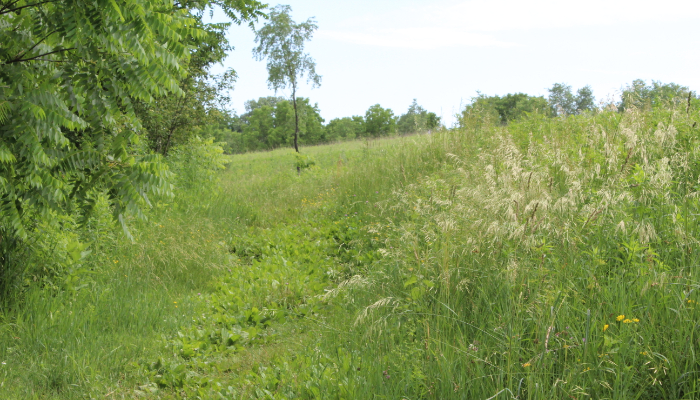Guest Post: In Texas, Conservation Yields Massive Economic Benefits

With so much buzz at the state capital lately about bills that would put new limits on conservation tools organizations currently utilize under Iowa’s State Revolving Fund, this Land Trust Alliance article, written by Lori Olsen, is a timely addition to the conservation conversation. Just as in Texas, Iowa benefits from and urgently needs more conservation, and more clean water and flood mitigation. Note the additional economic benefits that conserved lands provide, from carbon sequestration to fish habitat to outdoor recreation. We need your voice to speak for the things that aren’t able to . . . the birds and the bees, the flowers and the trees. Let your legislators know you want more conservation, clean water, and flood mitigation, not less.
Land conservation is often regarded as a “do-good” activity — something that’s nice to do for scenery, birds and bunnies. But the reality is, there’s a lot more to it, including massive economic benefits.
In Texas, we wanted to change the conversation around land trust conservation, particularly among our decision makers, and look more closely at the many economic benefits that our work provides. That’s why the Texas Land Trust Council just released a new study and infographic, produced in partnership with Siglo Group, that quantifies the value of lands and conservation easements the Texas land trust community has conserved.
This analysis looked at the more than 1.65 million acres that have been protected to date by the state’s more than 30 land trusts. Economic values for these conserved lands were calculated using an ecosystem services approach and analyzed in terms of the dollar values they provide for water quality, water quantity, flood prevention and rural economies, including agricultural production and wildlife leases.
The bottom line? Our results estimate that lands put into conservation with the help of Texas land trusts are providing more than $1 billion in benefits to Texas taxpayers each year. Of this amount, 47 percent is linked to flood prevention and damage reduction, 16 percent can be attributed to supporting rural economies, and 37 percent results from benefits for water quality and quantity. If we extend those savings out across the next 30 years, we’re looking at over $30 billion worth of benefits at today’s rates.
Keep in mind that there are additional economic benefits that conserved lands provide, from carbon sequestration to fish habitat to outdoor recreation, which can be separately considered and calculated. Land trusts should be looking to make more of these economic arguments to justify additional dollars for all kinds of conservation funding programs, from local bond initiatives to the halls of Washington, D.C.
By putting a dollar value on the benefits of conserved lands, we can better articulate the significance of these lands and open spaces. These findings are a great story for the land trust community to tell to communicate the substantial value that conservation brings to the economy.
Originally published on the LTA blog.
Tags: conservation, Land Trust Alliance, legislation

